#medical students
Text


01.08.2023
Welcoming August with a ´ Grasse matinée ´.
#studyblr#med school#studying#medstudyblr#summer#motivation#med student#exams#morning#studygram#medical studies#uni student#study tumblr#study motivation#medical students#study blog#undone bed#study in bed#ragdoll cat#cats of tumblr#my cat is cute#my cat#cat#my cat is adorable#cat on tumblr#medecine generale#coffee#morning coffee#self care#caturday
352 notes
·
View notes
Text


Between the OR and the ICU always finding some time for coffee 🤍
#studyblr#med life#medicine#studyspo#studystudystudy#studying#medical students#medblr#medical school#med#study motivation#medical studyblr#study hard#study aesthetics#motivation#hospital#clinical rotations#icucare#photography#dark academic#medecine university#uniblr#100 days of productivity#study inspo#linastudyblrsbog
123 notes
·
View notes
Text




Female medical students, Peshawar, early 80s
#medical students#women in medicine#Peshawar#pekhawar#khyber medical college#khyber pakhtunkhwa#kpk#north west frontier province#pashtun#80s#Pakistan#this is somewhere between 1979 and 1984#own post
231 notes
·
View notes
Text
“Dopamine downregulates serotonin: the more pleasure you seek, the more unhappy you get.”
—Dr. Robert Lustig (Pediatric Endocrinologist)
#psychology#neurology#endocrinology#science#medicine#doctors#medical students#quotes#motivation#motivational#self help#self improvement#self care#addiction
86 notes
·
View notes
Text
Breast Cancer
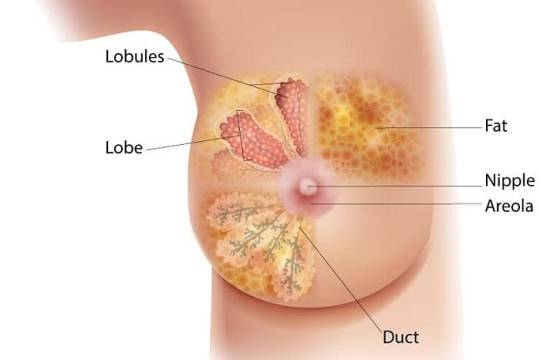
Introduction
Breast cancer, a multifaceted and prevalent disease, poses a significant health challenge globally, transcending gender lines with its potential impact. Characterized by the abnormal proliferation of cells within breast tissue, breast cancer’s complex etiology remains an area of intense study and concern. Despite notable advancements in medical science and increased awareness, it continues to be a leading cause of morbidity and mortality worldwide. This comprehensive discussion aims to delve into the intricacies of breast cancer, encompassing its causes, risk factors, prevention strategies, diagnostic modalities, treatment options, and the evolving landscape of supportive care.
Causes and Risk Factors

Understanding the underlying causes and risk factors associated with breast cancer is paramount in developing effective prevention and management strategies. While the precise etiology of breast cancer remains elusive, various genetic, hormonal, environmental, and lifestyle factors contribute to its onset and progression. Genetic predispositions, such as mutations in the BRCA1 and BRCA2 genes, significantly elevate the risk of developing breast cancer. Additionally, hormonal influences, including early onset of menstruation, late menopause, and hormone replacement therapy, play a crucial role in disease pathogenesis. Lifestyle factors such as excessive alcohol consumption, obesity, lack of physical activity, and exposure to environmental carcinogens further augment the risk profile.
Preventive Measures
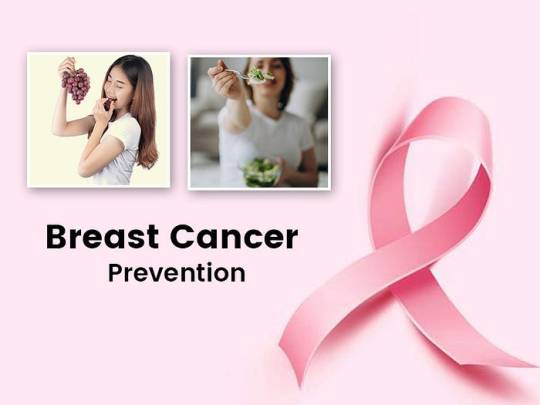
Empowering individuals with knowledge about preventive measures is essential in mitigating the burden of breast cancer. Promoting regular breast self-examinations, clinical breast examinations, and mammographic screenings facilitates early detection and intervention. Emphasizing lifestyle modifications, including maintaining a healthy weight, adopting a balanced diet rich in fruits and vegetables, limiting alcohol intake, and engaging in regular physical activity, can reduce the risk of breast cancer. For individuals with a heightened risk due to genetic predispositions or familial history, prophylactic surgeries, such as mastectomy or oophorectomy, and chemo preventive agents offer viable preventive options.
Diagnostic Modalities
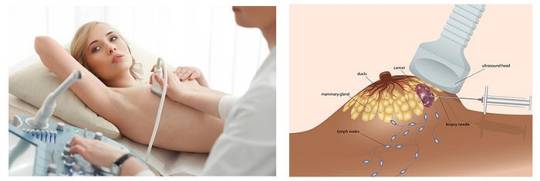
Advances in diagnostic modalities have revolutionized the early detection and diagnosis of breast cancer, enabling prompt initiation of treatment and improved clinical outcomes. Mammography remains the cornerstone of breast cancer screening, capable of detecting abnormalities such as microcalcifications, masses, or architectural distortions. Complementary imaging techniques, including ultrasound, magnetic resonance imaging (MRI), and molecular breast imaging (MBI), enhance diagnostic accuracy, particularly in women with dense breast tissue or high-risk profiles. Biopsy procedures, such as core needle biopsy or surgical excision, facilitate histopathological examination, enabling precise diagnosis and classification of breast lesions.
Treatment Options

Tailoring treatment strategies to individual patient characteristics and disease parameters is essential in optimizing therapeutic outcomes in breast cancer. The treatment landscape encompasses a multidisciplinary approach, integrating surgical, medical, and radiation oncology interventions. Surgical options range from breast-conserving surgeries, such as lumpectomy or segmental mastectomy, to radical procedures like total mastectomy or modified radical mastectomy, depending on tumor size, location, and extent of spread. Adjuvant therapies, including chemotherapy, hormonal therapy, targeted therapy, and immunotherapy, aim to eradicate residual disease, prevent recurrence, and improve overall survival. Radiation therapy, administered either postoperatively or as a primary modality in selected cases, targets residual tumor cells, minimizing locoregional recurrence rates.
Supportive Care and Survivorship
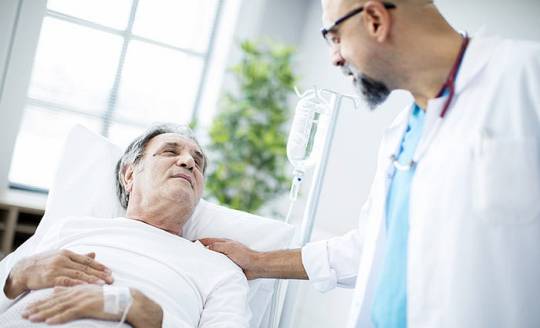
Recognizing the holistic needs of breast cancer patients and survivors is integral in promoting comprehensive care and ensuring optimal quality of life. Supportive care interventions, including symptom management, psychosocial support, nutritional counseling, and rehabilitation services, address the multifaceted challenges associated with cancer diagnosis and treatment. Survivorship programs, focusing on survivorship care planning, surveillance for recurrence, long-term monitoring of treatment-related complications, and health promotion initiatives, facilitate the transition from active treatment to survivorship. Engaging patients and caregivers in survivorship care planning fosters empowerment, resilience, and a sense of agency in navigating the post-treatment phase.
Conclusion
In conclusion, breast cancer represents a formidable health challenge with profound implications for affected individuals, families, and communities worldwide. While significant strides have been made in understanding its pathophysiology, enhancing diagnostic capabilities, and expanding treatment options, concerted efforts are warranted to address existing gaps in prevention, early detection, and access to care. By fostering collaborative partnerships among stakeholders, advocating for evidence-based interventions, and promoting health equity, we can strive towards a future where breast cancer incidence and mortality rates are substantially reduced. Through continued innovation, education, and advocacy, we can transform the landscape of breast cancer care, offering hope, support, and healing to those impacted by this pervasive disease.
We wish you all the best in your medical education journey. In case you need any guidance or assistance during the learning process, do not hesitate to reach out to us.
Email at;
#fullmetal alchemist#healthcare#medical students#assignment help#puppies#aesthetic#ratblr#kittens#pets#plants#nursing student#nurse#nursing school#home nursing services#doctor who#fourteenth doctor#14th doctor#tenth doctor#medicine#medication#pharmacy#big pharma#pharmacy colleges#pharmacy student#pharmacy services#pharmacy school#pharmacy technician#health and wellness
8 notes
·
View notes
Text
Will Solace as things overheard in my medical classroom;
"A male's urethra is about 20 cm long? Damn... I feel humbled"
"Why are there more types of anemia than Star Wars prequels?"
While dissecting a kidney by pressing it into the table and making a horizontal cut through the side:
"I'm making a sandwich y'all want some?"
"It's not kosher"
"...fuck"
Teacher: "The patients blood pressure is extremely low. What would you do?"
Student: "I would give them the... Uh... What's their name... Beta blockers?"
Teacher: "Congratulations on your first kill".
That one kid cutting all the organs into a salad
Poking two fingers through the leftovers of the aorta in the heart they were dissecting: "It's the bloodussy"
"Wait. Does blood taste like iron because of the iron?"
After an exam:
Student 1: "I'm telling you, it was myocardial infarction!"
Student 2: "No, it was angina factories!"
Student 3: "...so, not kidney failure. Got it."
#tw: future doctors#badass will solace#will solace headcanon#will solace#percy jackson#pjo#heroes of olympus#trials of apollo#medical students#medicine#major
119 notes
·
View notes
Text
Do I probably have actual PTSD from the way I was treated by fellow medical students whilst literally unable to escape due to being quarantined with Covid? Yes.
Will those same medical students go on to become doctors with absolutely no consequence or reason to change their behaviour? Also yes.
#if theyll do it to a peer imagine what theyll do to a patient#they literally harassed me while i was feeling almost the worst id felt in my life#used every means possible#whatsapp#facebook#calling me#banging on my window#ringing the buzzer#there was no need#i was so scared i was afraid to open the curtains for 2 weeks#all part of hazing#and using me a scapegoat#i literally still have nightmares and intrusive thoughts/#also flashbacks#lawd knows if the stress contributed to me developing long covid#it cant have helped#doctors#medical doctors#student doctors#medical students#fuck doctors tbh#narcissistic pricks#medical school#mental health#ptsd#trauma#covid#quarantine#medical trauma#healthcare
2 notes
·
View notes
Text

Wasted 5h yesterday, on harvest town game.
Could have finished something from my list, but crying on the wasted milk won't help.
Concentrate now and you would be able to achieve things to be proud of later.
The key to success is Focus and my biggest weakness that i loose focus easily
#medical students#studying hardships#study motivation#med school#med student#self care#procastination#study#stuck
4 notes
·
View notes
Text
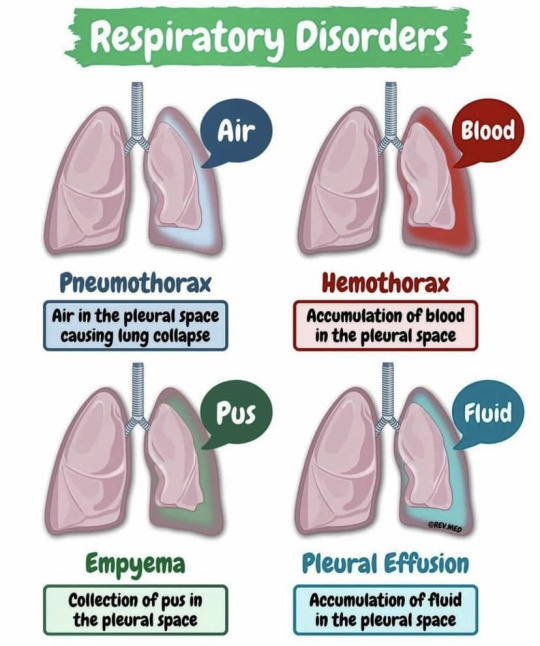
#respiratory health#medicalschool#medical students#biology#biology is fun#biology is cool#biotech#biomed#health#dontsmoke#stop smoking#quitsmoking#Respiratorydisorders#respiratory system
20 notes
·
View notes
Text

11.08.2023
My night study buddy.
He loves laying next to my laptop where it’s warm 🐈📑
#studyblr#med school#studying#medstudyblr#summer#motivation#med student#exams#night study#studyspiration#medical students#uni student#studybrl#study inspo#studyspo#study aesthetic#studyblr community#study notes#my cat#my cat is cute#fluffy#cats of tumblr#studentlife#studyabroad#studyblog#night owl#motivtion#aesthetic#caturday#medstudent
123 notes
·
View notes
Text


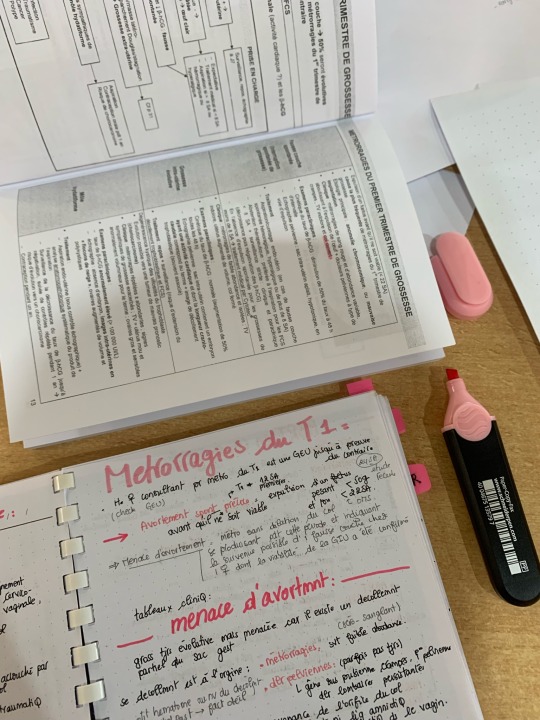

Life lately : Enjoying OBGYN to the fullest
#studyblr#med life#medicine#studyspo#100 days of productivity#studygram#medical students#medecine university#med student#study motivation#obgyn#obgynlife#medical studyblr#study inspiration#study aesthetics#studywithme#studyblr community#studystudystudy#study hard#linastudyblrsblog
334 notes
·
View notes
Text

Two Afghan medical students listening to their professor (at right) as they examine a plaster cast showing a part of a human body, Faculty of Medicine in Kabul, 1962
#to think women if Afghanistan cant even go to school now 60 yrs on from this picture#Afghanistan#medical students#afghan women#60s#60s Afghanistan#kabul#own post
26 notes
·
View notes
Text

All About X-Rays Guide
---
From "The Book", pg. 46-47
#science#engineering#educational#medicine#medical students#teachers#teaching resources#interesting#fascinating#infographic
20 notes
·
View notes
Text
The pathophysiology of hypertension
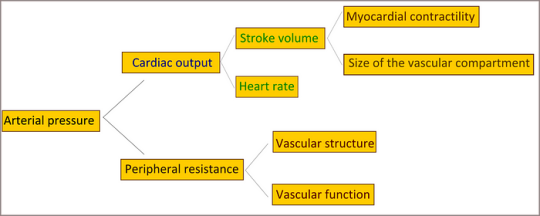
Introduction
Hypertension, or high blood pressure, is a complex medical condition affecting a significant proportion of the global population. Despite its prevalence, there remains uncertainty regarding its pathophysiology, with essential hypertension constituting a substantial portion where no single identifiable cause is found. This comprehensive discussion aims to delve into the physiological mechanisms involved in the development of hypertension, exploring factors such as cardiac output, peripheral resistance, the renin-angiotensin-aldosterone system, the autonomic nervous system, endothelial dysfunction, genetic factors, and intrauterine influences.
Cardiac Output and Peripheral Resistance
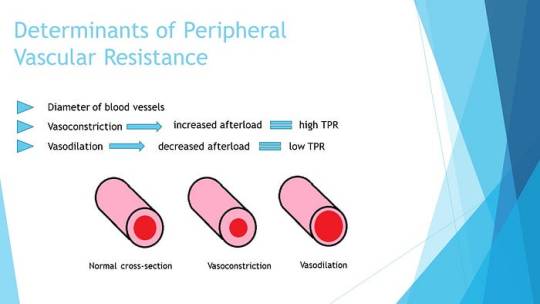
Maintaining normal blood pressure relies on the delicate balance between cardiac output and peripheral vascular resistance. Essential hypertension often involves a normal cardiac output but elevated peripheral resistance, primarily determined by small arterioles. The role of smooth muscle cells, calcium concentration, and structural changes in arteriolar vessel walls contribute to the irreversible rise in peripheral resistance.
Renin-Angiotensin System
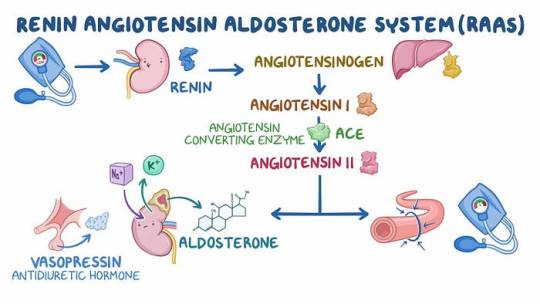
The renin-angiotensin system plays a crucial role in blood pressure regulation. Renin, released in response to various stimuli, initiates the conversion of angiotensinogen to angiotensin I, which is then converted to the vasoconstrictor angiotensin II. This system also stimulates aldosterone release, promoting sodium and water retention. While the circulating system may not be directly responsible for essential hypertension, local renin-angiotensin systems in organs like the kidney, heart, and arterial tree gain significance in regulating regional blood flow.
Autonomic Nervous System
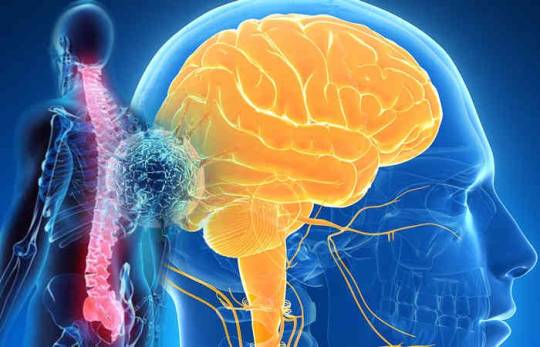
Sympathetic nervous system stimulation affects arteriolar constriction and dilation, playing a pivotal role in maintaining normal blood pressure. Although the exact role of epinephrine and norepinephrine in hypertension etiology remains unclear, drugs blocking the sympathetic nervous system demonstrate therapeutic efficacy.
Endothelial Dysfunction
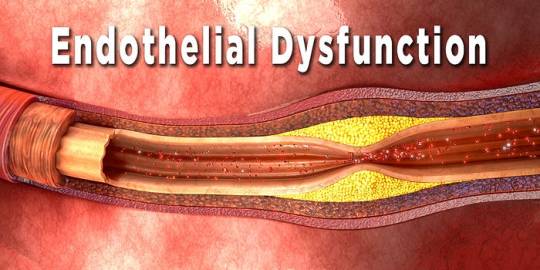
Vascular endothelial cells, producing vasoactive agents like nitric oxide and endothelin, play a key role in cardiovascular regulation. Endothelial dysfunction, implicated in essential hypertension, involves impaired production of nitric oxide. This dysfunction, once established, becomes irreversible, highlighting its primary nature in hypertension.
Vasoactive Substances
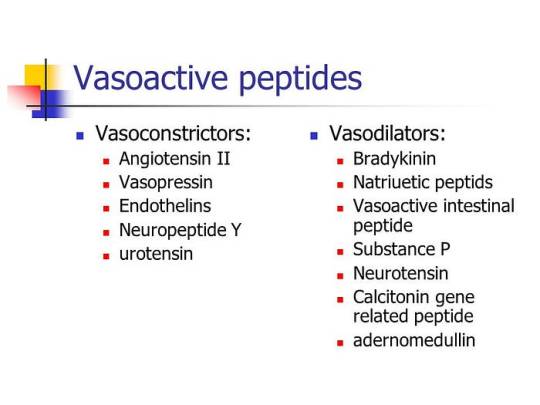
Various vasoactive substances, such as bradykinin, endothelin, atrial natriuretic peptide, and ouabain, influence sodium transport and vascular tone. These substances contribute to the delicate balance in maintaining normal blood pressure.
Genetic Factors
Genetic predisposition significantly contributes to hypertension, with specific mutations linked to disorders like Liddle’s syndrome, glucocorticoid-remediable aldosteronism, and others. The intricate interplay of multiple genes makes it challenging to pinpoint individual contributions.
Intrauterine Influences
Fetal influences, particularly birth weight, emerge as determinants of adult blood pressure. The Barker hypothesis suggests a link between low birth weight, metabolic abnormalities, and hypertension in later life. However, the role of genetic factors in this relationship requires further exploration.
Diastolic Dysfunction

Hypertensive left ventricular hypertrophy leads to impaired diastolic relaxation, affecting ventricular input during exercise. This dysfunction contributes to increased atrial pressure, pulmonary congestion, atrial fibrillation, and potential complications like pulmonary edema.
Conclusion
In conclusion, understanding the pathophysiology of hypertension involves a multifaceted exploration of various physiological mechanisms. While essential hypertension remains a complex and often multifactorial condition, advancements in research shed light on factors such as cardiac output, peripheral resistance, the renin-angiotensin system, the autonomic nervous system, endothelial dysfunction, genetic influences, and intrauterine factors. A comprehensive understanding of these elements is crucial for developing effective therapeutic strategies and preventive measures against the global burden of hypertension.
We hope this helps in improving our comprehension of the Hypertension condition. All the best in your journey in the medical field.
Incase of any challenges' and in need of professional guidance, contact;
Expert Academic Assignment Help at;
#fullmetal alchemist#healthcare#medical students#assignment help#aesthetic#puppies#kittens#ratblr#fourteenth doctor#tenth doctor#doctor who#14th doctor#medicine#medicare#medication#nursing school#nursing student#nurses#nurse#pharmercy#pets#health tips#health and wellness#online pharmacy#pharmacy student#pharmacy technician#pharmacy colleges#phar
4 notes
·
View notes
Text
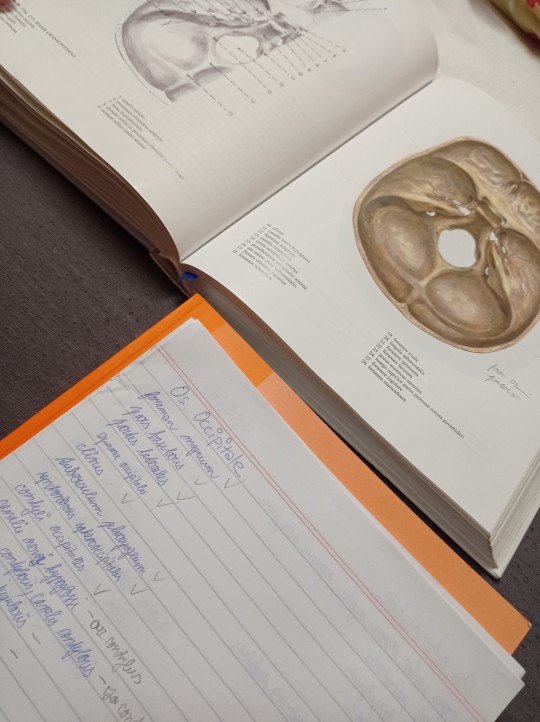


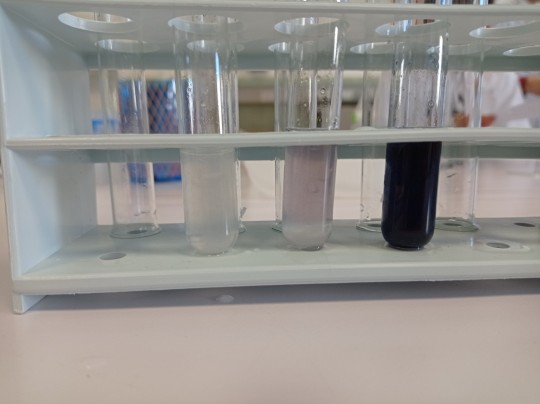

Ruth's Random Rambles 2 - Week 3
Finally I can say that the days are flowing day by day much quicker. The question is if I have enough time to prepare for two really difficult exams after Christmas.
I kinda enjoyed this week, mostly because I prepared well for anatomy class, which lifted my mood :)
Some short tests were already taken, my opinion is that the score might be good.
Also I found website called studytogether.com . I was wondering for longer time about finding study buddy or joining some virtual study room. So I will give it a chance if it'll help me with finding more time to study, to focus more and be more productive. Do you have any experience?
Next week, there are short tests ahead of me about lymphatic system, about cinetics of enzymatic reactions and about arteries and veins of head. I will try my best to prepare well and not stress about it, because stress is unhealthy.
Stay safe!
#studyblr#college#uniblr#university#studygram#studying#student#school#medical school#ruths random rambles#medblr#medicine#medical students#my week#semester#study hard#ginger student#cinnamon medical
7 notes
·
View notes
Text
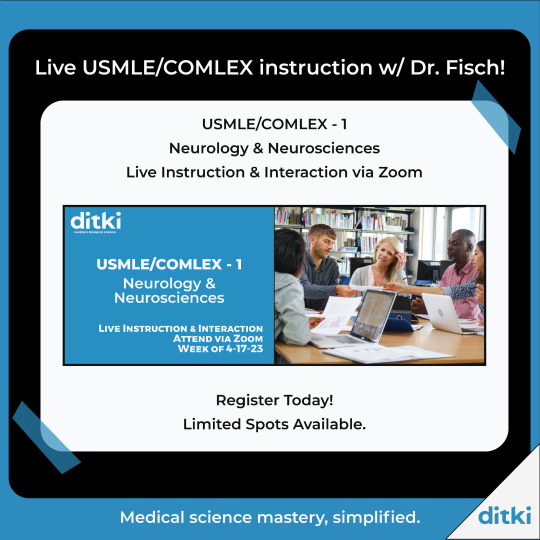
Dr. Fisch has over 20 years' clinical and teaching experience - join him for a week of live USMLE/COMLEX review sessions. Register at https://ditki.com/board-review/neurology-neurosciences
#usmle#usmle exam#usmlestep1#usmle review#usmleprep#comlex#medical students#medstudents#medstudy#medical school#medicine#neurology#neuroanatomy#neuroscience#neuropathology
6 notes
·
View notes